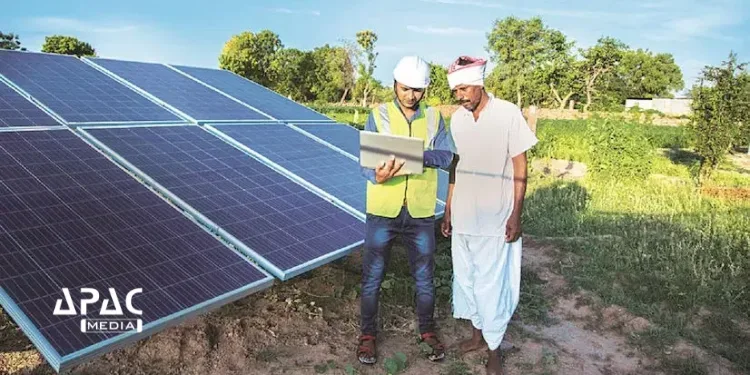The Indian government has strengthened its rooftop solar initiative—particularly targeting group housing societies (GHS) and residential welfare associations (RWAs) in cities—with updated subsidy schemes and streamlined processes.
The Indian government has strengthened its rooftop solar initiative—particularly targeting group housing societies (GHS) and residential welfare associations (RWAs) in cities—with updated subsidy schemes and streamlined processes.
🔧 Simplified Process & Key Implementation Steps
- Under the PM Surya Ghar: Muft Bijli Yojana, societies can now benefit from simplified application processes via a National Rooftop Solar Portal, linked seamlessly with DISCOMs for faster approvals. Technical feasibility reports (TFR) are not required for systems up to 10 kW, significantly reducing processing time.
Central government officers have actively directed districts to identify cooperative housing and dairy societies for pilot rollout of rooftop solar installations.
💸 Attractive Subsidies for Societies
- GHS/RWAs are eligible for a ₹18,000 per kW subsidy for systems up to 500 kW capacity—with the 3 kW-per-unit house rule applied—effectively capping a society’s subsidy.
In Delhi, the state government added a ₹10,000/kW top-up subsidy, raising the maximum subsidy for a 3 kW installation to ₹1.08 lakh.
🚧 Challenges & Market Response
- While the scheme uptake is strong, progress varies across states. Some societies face barriers due to inconsistent policies or utility-level resistance.
Anecdotal feedback highlights issues such as bureaucracy, delays, mandated vendors, and high upfront costs despite subsidies.
📋 At-a-Glance: Urban Society Rooftop Solar Scheme
Feature | Details |
Target Segment | Cooperative housing societies & RWA of group complexes |
Max Capacity/Society | Up to 500 kW (max 3 kW per unit for subsidy calculation) |
Central Subsidy | ₹18,000 / kW |
State Top-up (e.g., Delhi) | ₹10,000 / kW additional (₹1.08 lakh max for 3 kW) |
Perk of PM Scheme | Free bank subsidy, low-interest loans, net metering |
Key Benefits | Huge energy bill savings, clean electricity, lower grid dependency |
Key Challenges | Lower ROI in low-usage areas, poor outreach, vendor and regulatory gaps |
Key Tools Enabled | National portal, waiver of TFR, trained vendors & DISCOM integration |
✅ Summary
The government’s revamped rooftop solar push for housing societies is unlocking major potential: streamlined approvals, higher subsidies, financing support, and environmental benefits. While cities like Delhi and Pune are leading adoption, scale-up across India hinges on better education, vendor transparency, and uniform policy enforcement.




